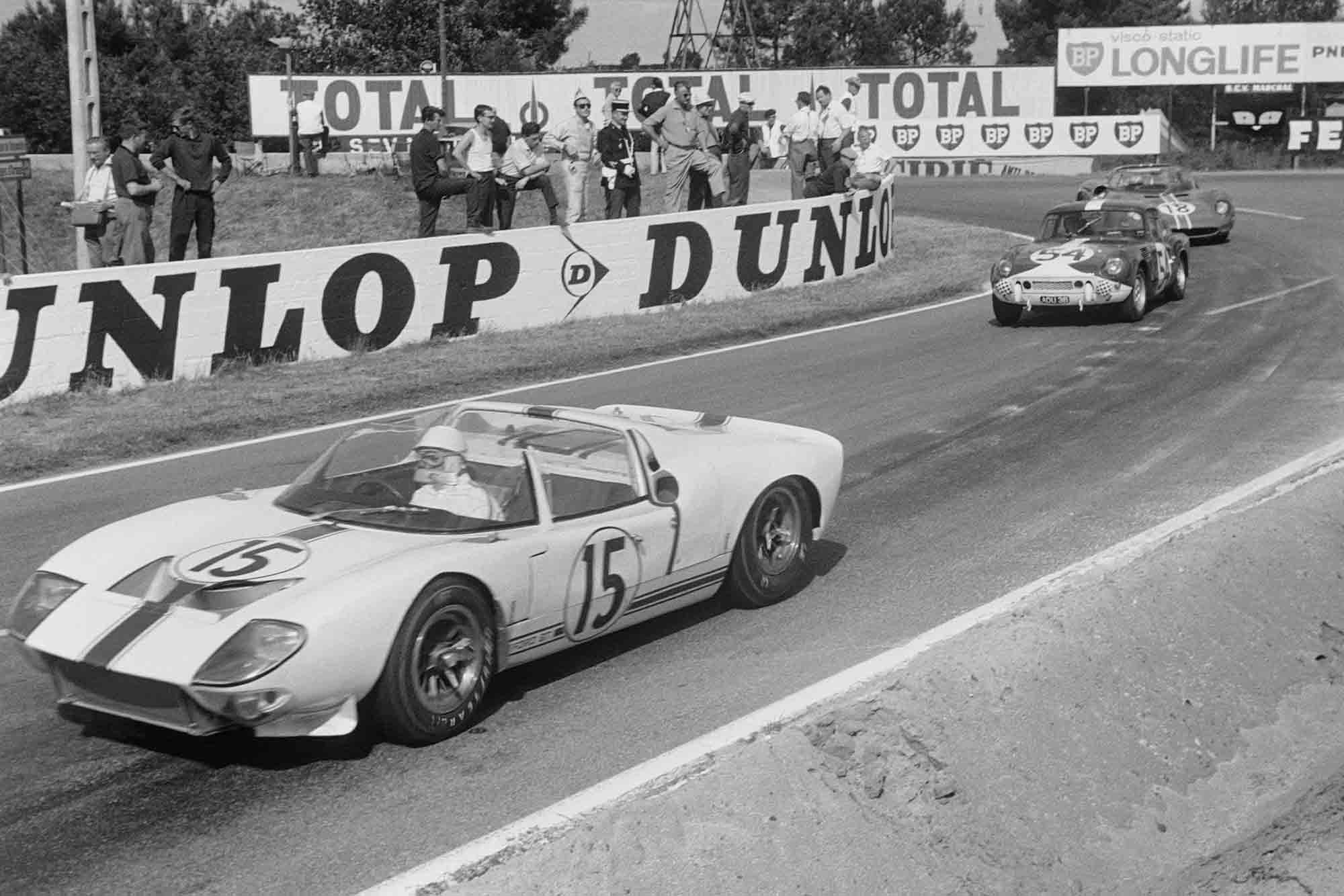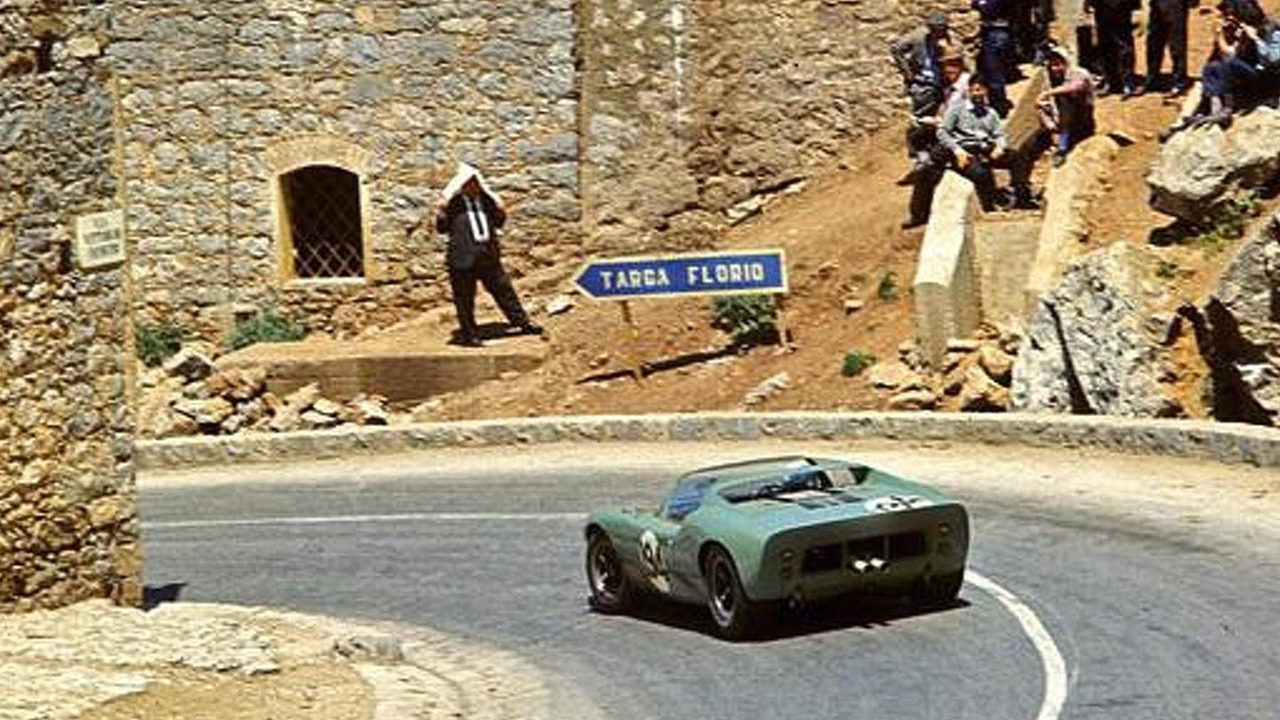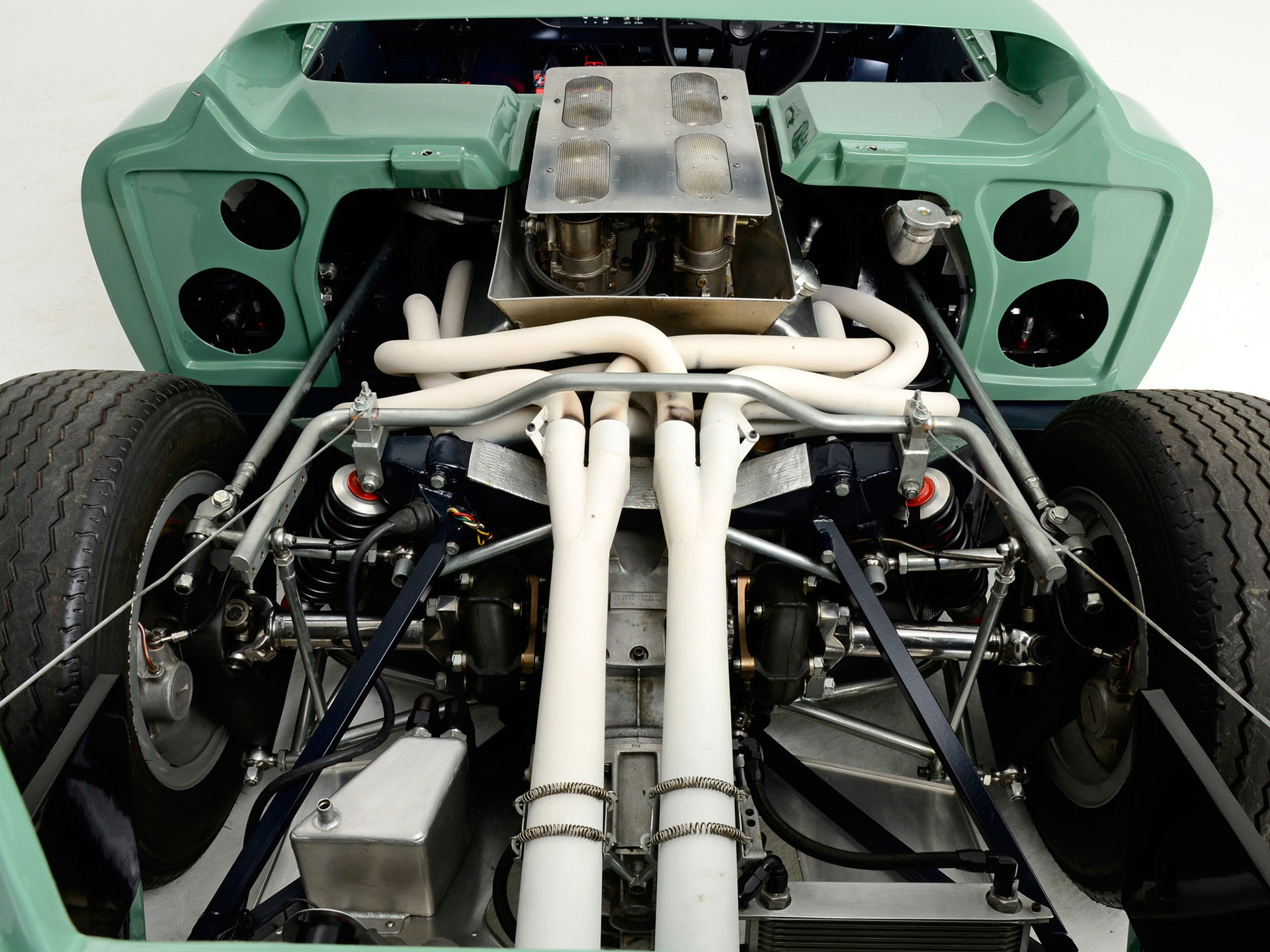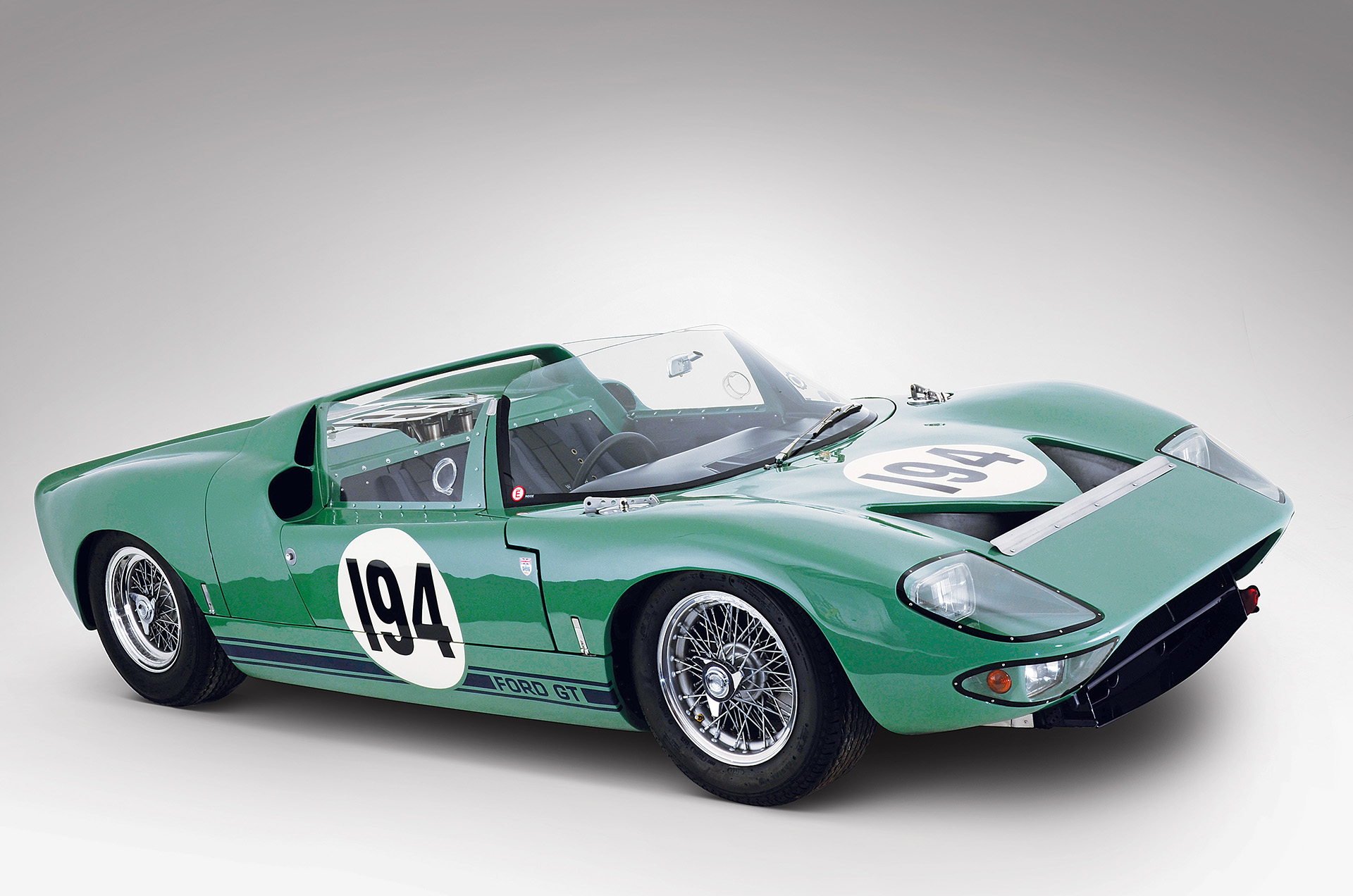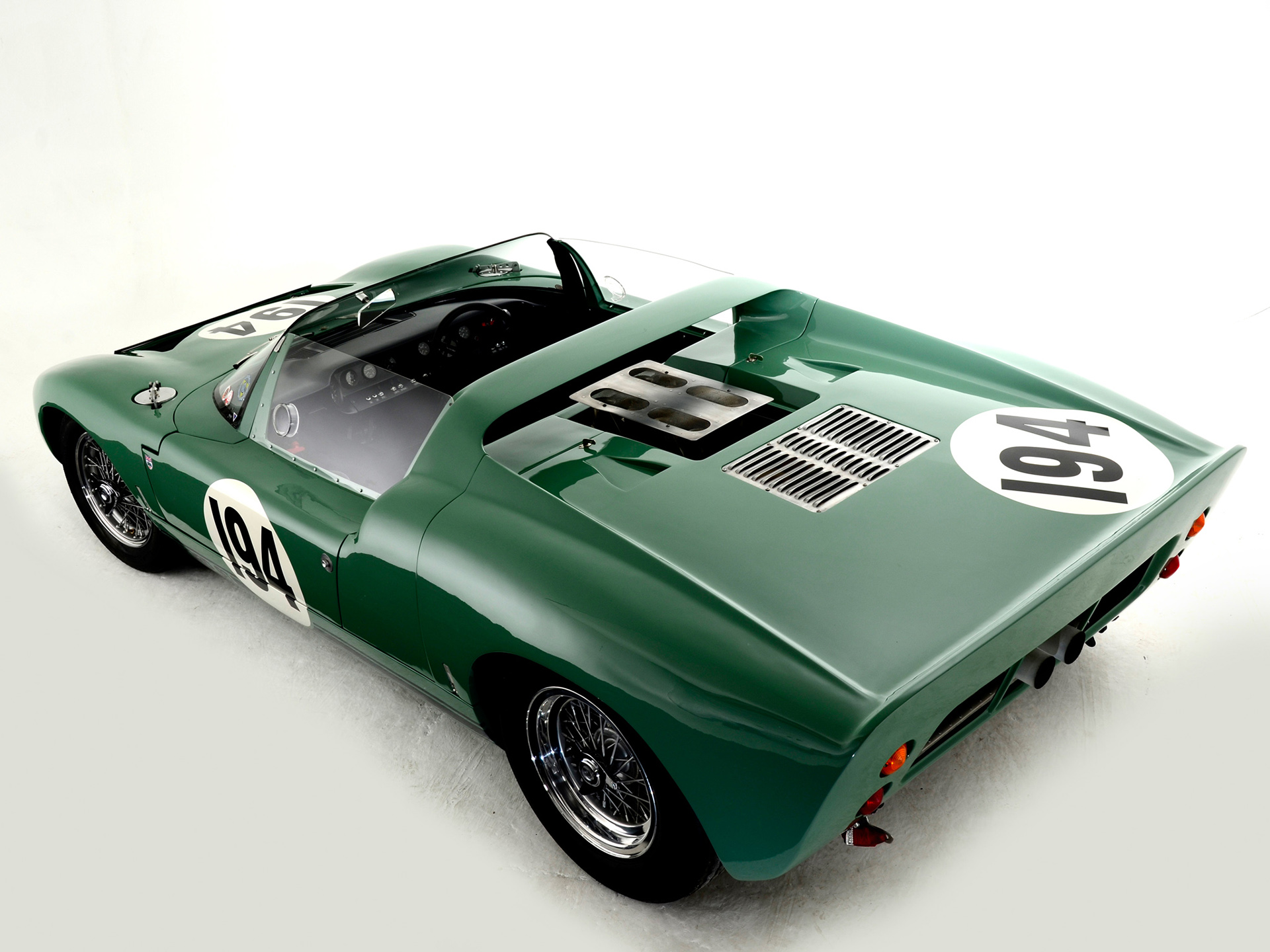Photo credit: RM Sotheby’s
Normally, in the development of a new high-performance car, the designers build a chassis that’s as rigid as possible which means they’re normally coupes. This was not the case for Ford’s GT40 project, built to win the 24 Hours of Le Mans. In 1965, in the English offices of Ford Advanced Vehicles, 12 chassis were prepared for the GT40, 5 of which were intended to be open versions with technical specifications that guaranteed sufficient rigidity even without a roof.
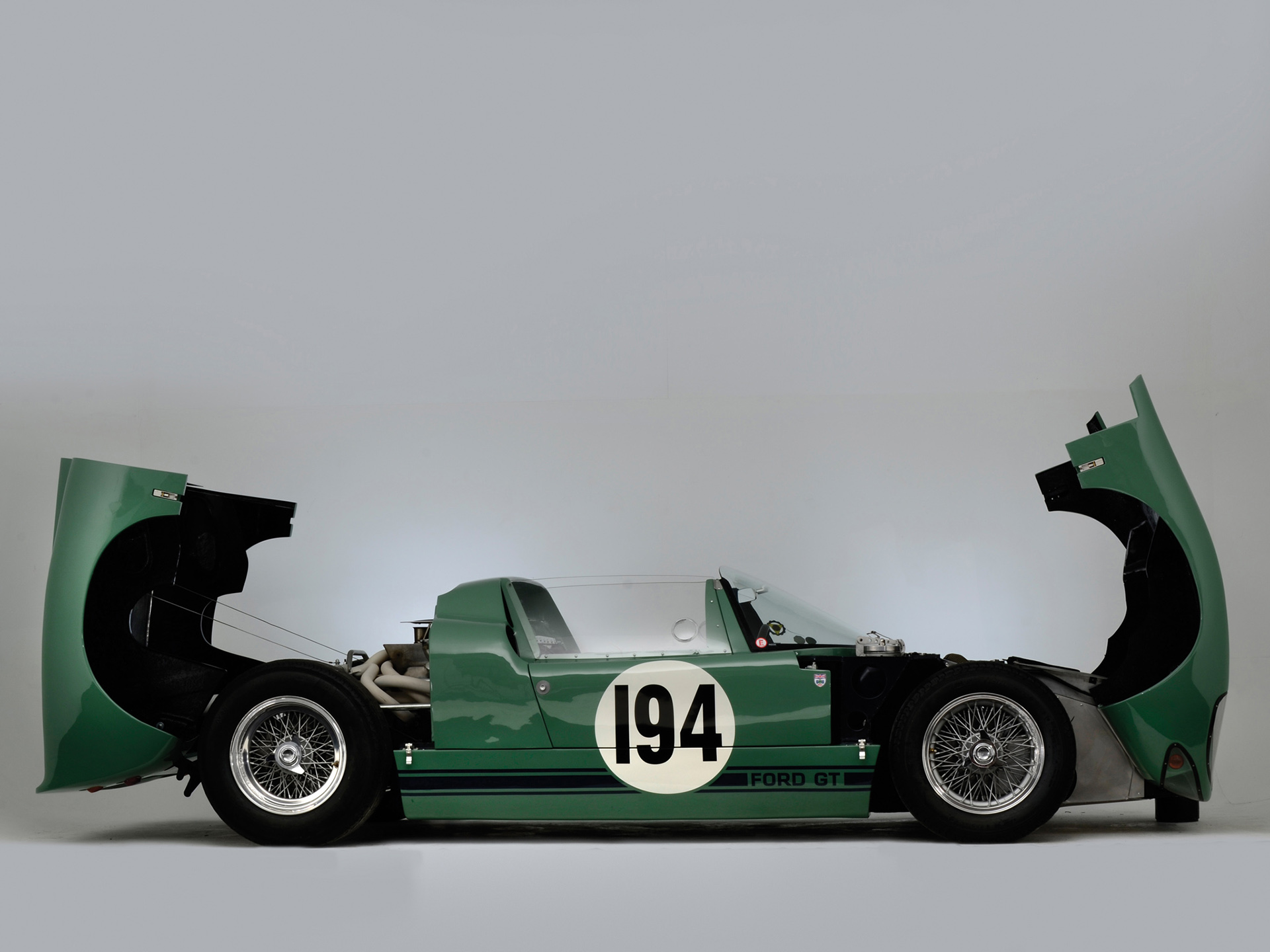
This clearly illustrates the broad range of vehicles that Ford originally developed to face the challenge of Le Mans. In fact, one of these spiders, #GT/111, took part in both the 24 Hours of Le Mans and the Targa Florio of 1965, albeit without too much luck: a gearbox failure at Le Mans, when they were third overall, and an accident at the Targa Florio.
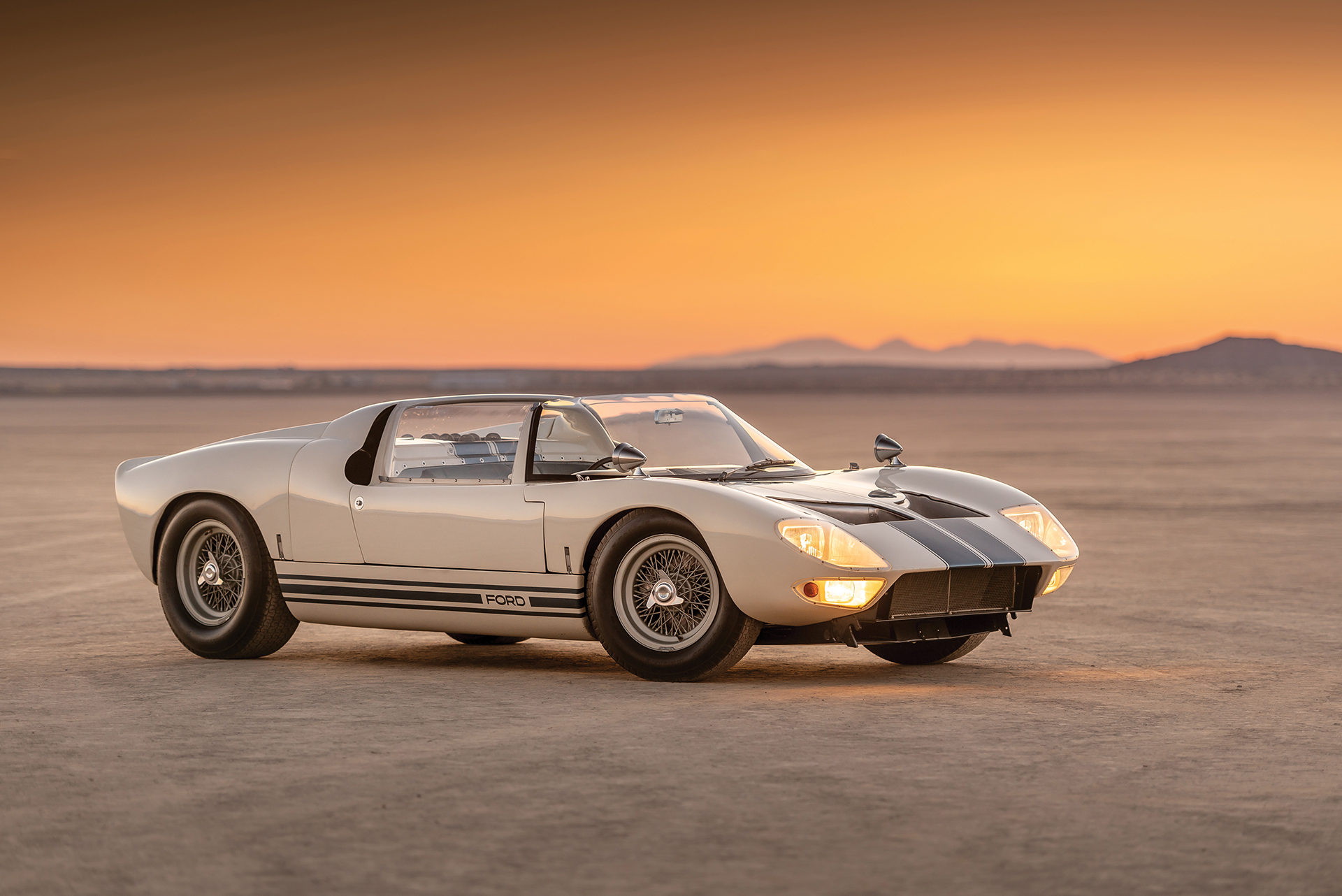
After these two experiences in the race, Ford shifted its racing focus entirely on closed models. Despite this, work on the Roadster model was not completely abandoned, so much so that the versions still in circulation all have different front shapes as a result of Ford’s attempt to improve high speed grip. Of the five examples built, there is documented history of the first roadster built, painted in white, which made a promotional tour in the USA and took part in the United States GP at Watkins Glen for a few demonstration laps driven by World Champion Jim Clark.
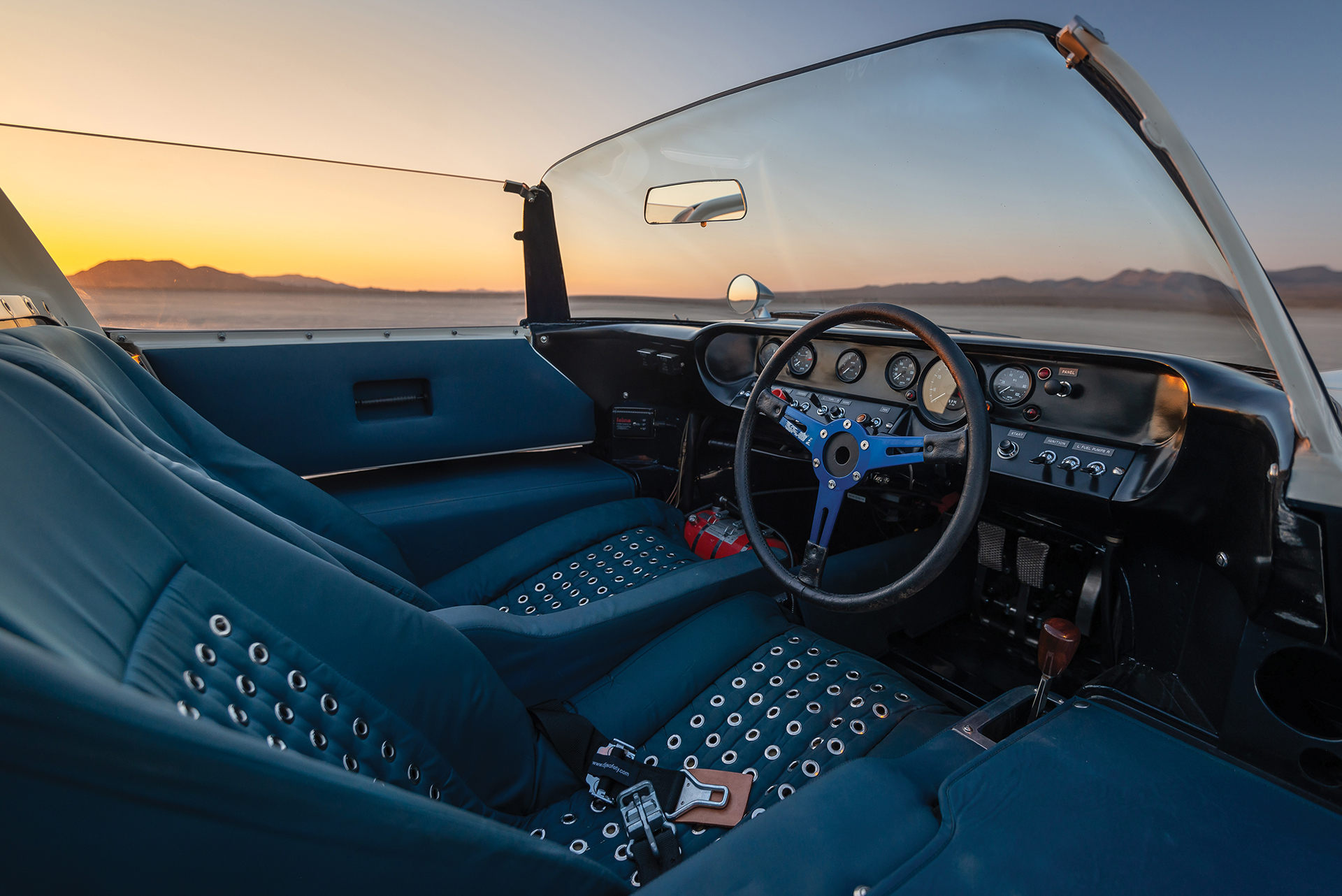
The one that raced at Le Mans and the Targa Florio, originally in white, was painted in green for the Italian race. The fact that Ford had given up developing these open versions is confirmed by the reconversion of the other three chassis intended for the spider versions into coupe configuration. Understandably, the values of the two existing cars are very high, as demonstrated by the last documented sale of chassis #GT/108 at auction in Monterey in 2019, which changed hands for $7,650,000 (€6,599,922)
